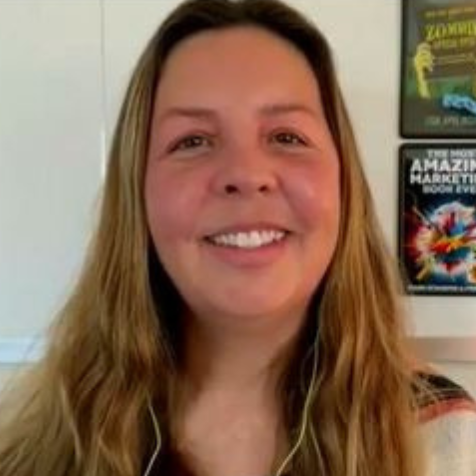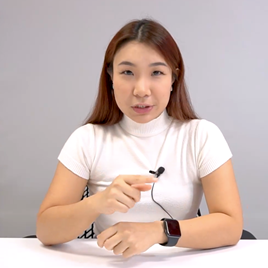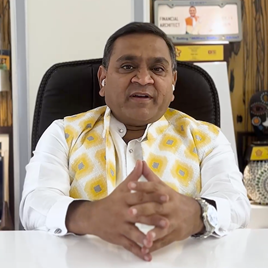Jul 01 2023 / Round the Table Magazine
4 ways to get the most from a hybrid seminar
Topics Covered
Financial services professionals learned how to run virtual seminars during the pandemic and probably became pretty good at it. Now that most of the world is moving to a combination of remote and on-site work, there will be a dramatic change in how we meet.
The desire to return to workshops and seminars with fully in-person audiences is palpable, but the world has split between those wanting to be in the room and those who prefer virtual meetings. With clients and prospects spread out farther across geographies, creating a hybrid meeting would seem to be the perfect combination. The trick, however, is combining in-person engagement simultaneously with remote attendees to have the best outcome. Done correctly, the benefits of hybrid meetings with clients and prospects could surpass any alternative.
Here are four tips to get the right combo from the start:
1. Incorporating virtual participants in unique ways
Simply putting up a large screen on the side of a conference or meeting venue is akin to having people call in on a conference line. Instead, use a moderator both on the platform and at the in-person location to keep virtual attendees engaged. In addition to the main screen, place several monitors around the room at different camera angles, so the virtual attendees have a physical presence in the room.
Also, consider running polls with the virtual audience, sharing the poll results with everyone, and asking in-person participants about their reactions to the outcomes for further discussion.
2. Testing, testing, 1–2–3
Virtual meetings get much easier when you address the biggest complaint: delays due to technical issues that should have been resolved prior to the event. This is where practice pays off.
When going for a hybrid meeting model, the weakest link in the proverbial chain is the technology. Be sure to include IT experts at the conference location and discuss those hybrid plans so they can provide guidance on the equipment necessary to have things run smoothly. Asking for a practice run with the IT team at that location is a best practice.
This testing ensures cameras are stationed in proper locations, lighting and microphones are correctly calibrated and the location’s bandwidth can handle the virtual surge in attendance. Understand and review the location’s backup plan if something fails as a final safety measure.
3. Grabbing on-demand content for later
Livestreaming the in-person meeting for the virtual audience provides a great post-meeting opportunity for both clients and new team members. By having several camera angles and both virtual and in-person audience discussions, you can develop a post-production video that captures both engagement opportunities and combines them in a unique way.
A strategy common to many conferences is capturing testimonials. Since you have participants already on a livestreaming platform, this could also be a great time to ask a virtual participant to have a 30-second conversation about the conference or meeting during a break. These videos can be curated to make a virtual montage for online participants and social media posts. On-demand content can also highlight how this meeting was different and allowed full participation, regardless of location.
4. Using data from virtual to drive better in-person engagement
The hardest part of improving conferences and workshops is the lack of data that can be used to improve future meetings. By having virtual participants, the data capture can be leveraged. Rather than merely collecting information like how many attendees are online, how long did they stay and how engaged were they, you can benefit by having a captive audience.
Because these audiences are viewing the meeting or conference from different angles, event planners can also observe in-person attendees, and see how they are faring during the conference. Monitoring observations on both virtual and in-person attendees can be a great way to gauge audience sentiment.
Although leaders don’t have to plan around a pandemic right now, virtual meetings are likely here to stay. By blending techniques from both in person and virtual, there is a great opportunity to reap the best of both worlds.












![Understanding the reasons behind policy surrenders in India and how to avoid them [Ankita Agarwal]](https://www.mdrt.org/globalassets/digizuite/32751-en-india-video-interview---ankita-agarwal-thumbnail.png?height=268&crop=0,0,268,268)
![The shifting sands of wealth management [Ramesh Kumar Damani]](https://www.mdrt.org/globalassets/digizuite/32748-en-india_video-interview_ramesh-damani-thumbnail.png?height=268&crop=0,0,268,268)
![Leveraging social media for client acquisition [Ankit Goyal]](https://www.mdrt.org/globalassets/digizuite/32753-en-india_-video-interview_ankit-goyal-thumbnail.png?height=268&crop=0,0,268,268)